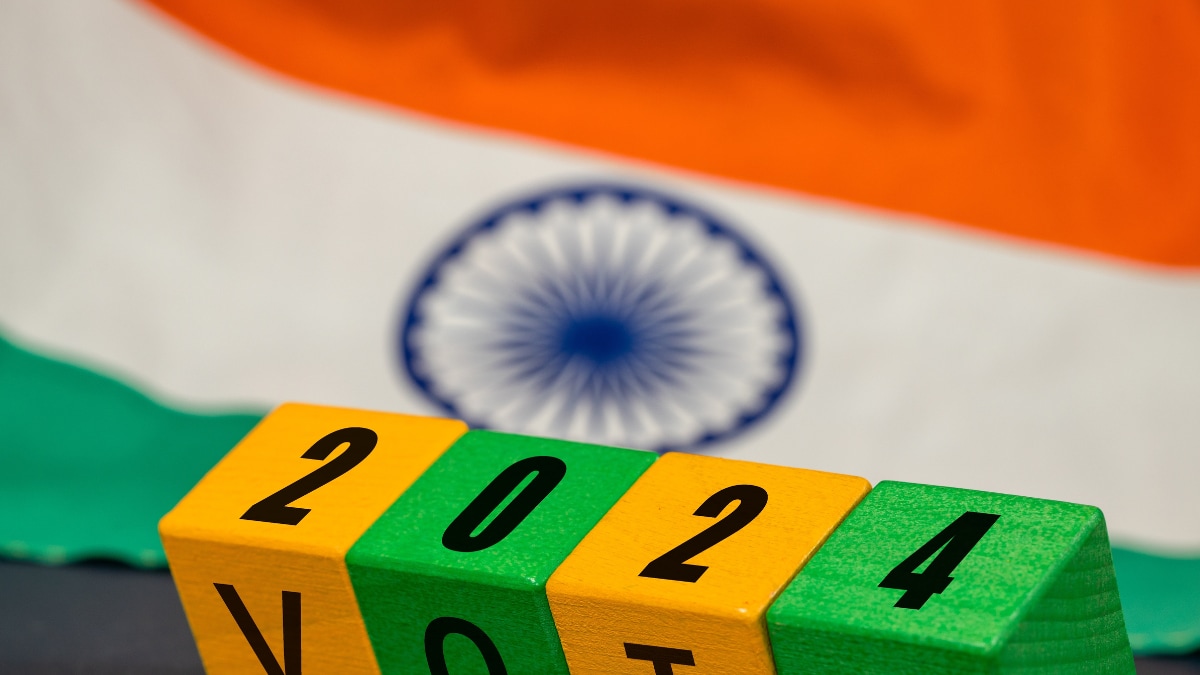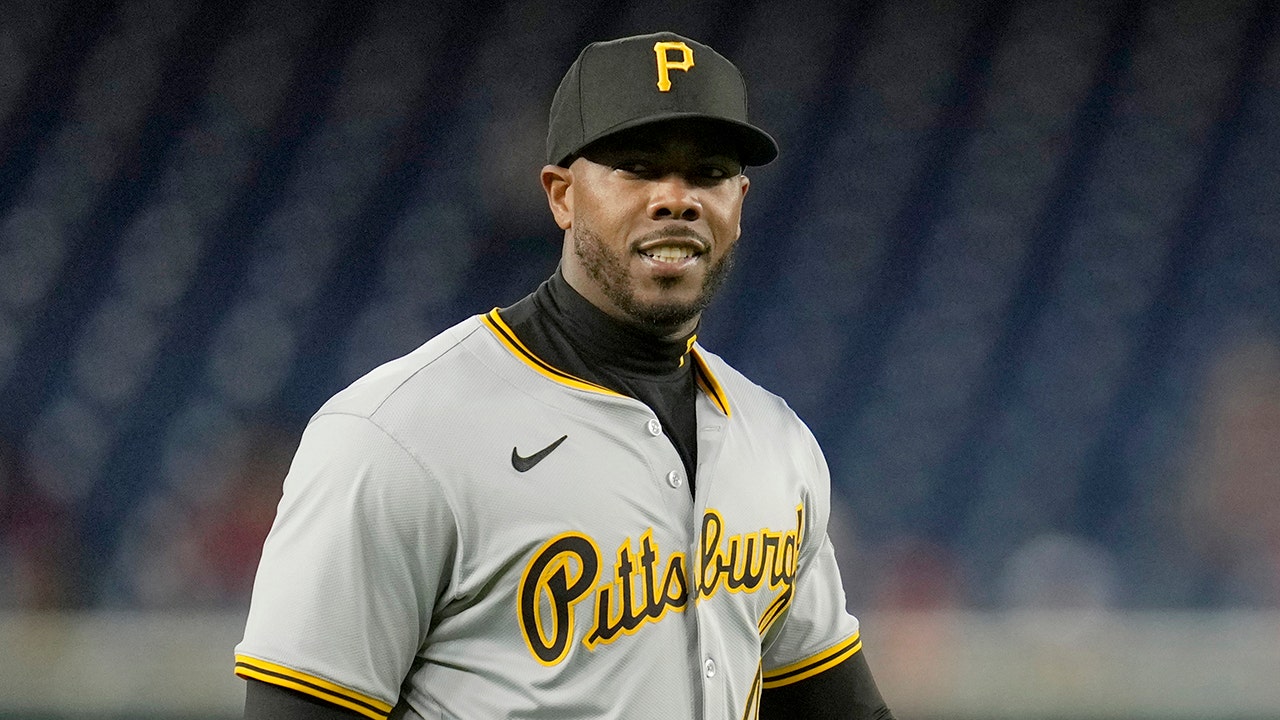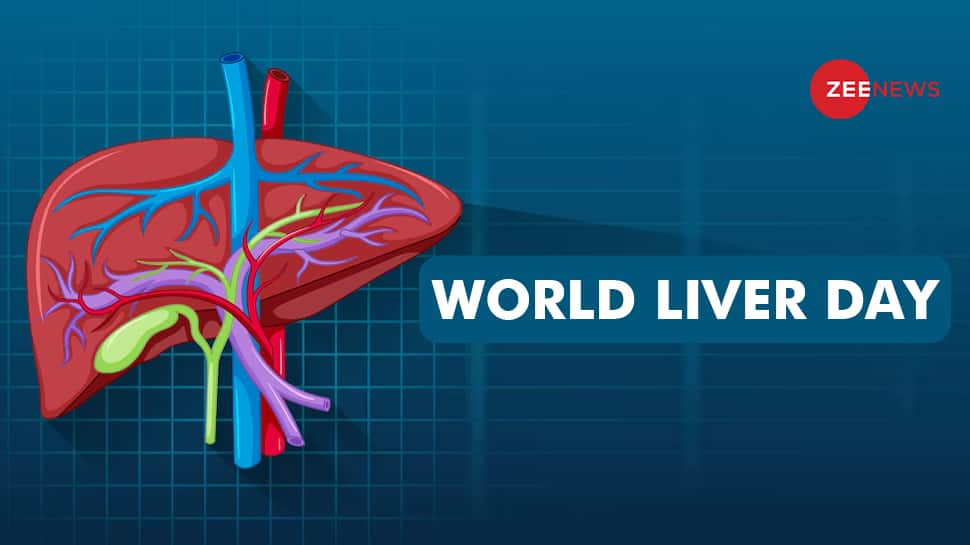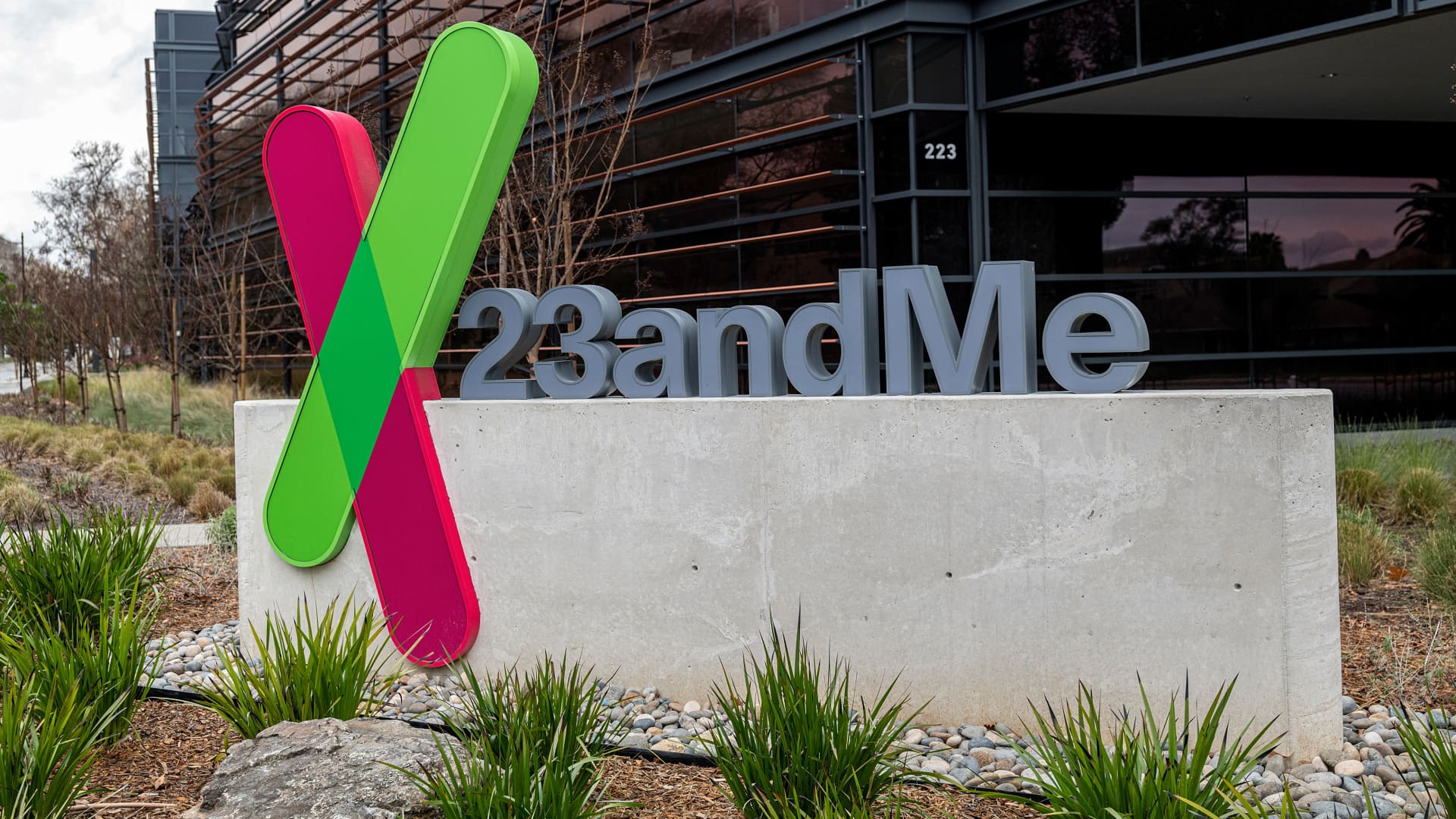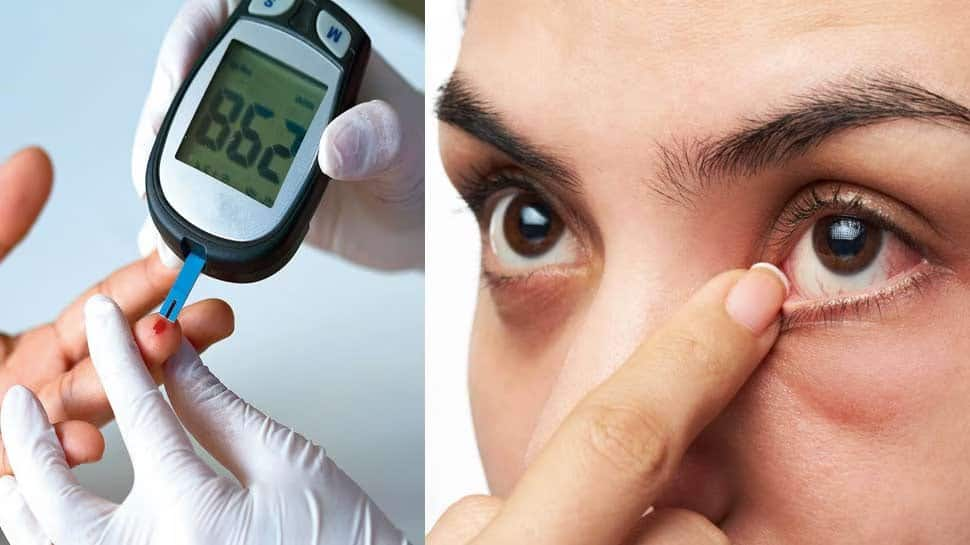Blindness caused due to diabetes: When there is too much sugar in the blood, it results in hyperglycemia or high blood glucose. This happens if your body can’t properly absorb insulin or if your system doesn’t have enough insulin (insulin is the hormone that carries glucose into the blood).
Blood sugar levels must be kept as close to normal as possible in order to manage diabetes. But no matter how cautious you are, if you have diabetes, hyperglycaemia will eventually emerge. You have hyperglycemia if you have diabetes and your fasting blood sugar is higher than 125 mg/dL (milligrammes per deciliter).
Zee News digital spoke to Dr Priyanka Singh (MBBS, MS, DNB, FAICO), Consultant & Eye Surgeon, Neytra Eye Centre, New Delhi about what effects high blood sugar has on vision and eye health. Here we have shared some insightful information about diabetes and its effect on vision.
What is diabetic retinopathy?
Diabetes is a serious condition that has a significant impact on several organs, including the eyes, and causes organ failure. It is a complication that occurs when blood sugar levels get out of control and is also referred to as diabetic retinopathy.
Diabetic Retinopathy, a condition caused by long-term uncontrolled diabetes, including Type I, Type II, and gestational diabetes, can seriously impair vision and cause retinal damage.
What causes diabetic retinopathy?
High blood sugar levels harm the walls of the retina’s tiny blood vessels in a microscopic way, causing them to swell and leak. It occasionally results in macular edema, which impairs vision.
Diabetic retinopathy, also known as nonproliferative diabetic retinopathy, is in its early stages at this time (NPDR). Most people are completely asymptomatic during this period. Later stages of blood vessel leakage are followed by bleeding into the retina and the development of new blood vessels. This ultimately causes scarring and detachment of the Retina. Proliferative diabetic retinopathy (PDR), also known as this advanced stage, results in serious retinal damage.
How does diabetic retinopathy spread or progress?
The Centers for Disease Control and Prevention lists macular edoema, cataracts, and glaucoma as eye conditions that can affect people with diabetes. All of these conditions can cause vision loss, but early detection and treatment can greatly improve your chances of keeping your sight.
Different stages of diabetic retinopathy
– Early stage: The retinal blood vessel walls weaken and start to swell up, forming tiny bags that leak blood and other fluid and impair vision. This condition is also referred to as non-proliferative.
– Advanced stage: It is the proliferative stage in which the retina begins to generate new blood vessels which are fragile and easily bleed and irritated generating black spots that float in your vision. If the bleeding becomes uncontrolled, your vision may be completely blocked.
How can early detection of diabetic retinopathy help vision loss?
Early detection and good aftercare can restore full vision at this stage. If the disease progresses to the Proliferative stage, a series of treatments like laser, injection and often Vitrectomy (eye surgery) may be needed to restore the vision. It will not reverse without adequate treatment and any neglect at this stage will lead to permanent loss of vision.
Also Read: Poor Sleep Causing High Blood Sugar? Tips To Sleep Better, Control Diabetes
Signs and symptoms of diabetic retinopathy
Most of the early cases are without any symptoms. Diabetic Retinopathy can be caught in time with regular at least once a year Eye & Retinal examinations.
Immediate checkup is required if:
– Sudden changes in vision
– Having a distorted vision
– Presence of sudden floaters
– High blood sugar
– Too much fluctuation in blood sugar
Can diabetic retinopathy be reversed?
Good blood sugar control can stop the progression of Retinopathy. The early cases of NPDR can be reversed on its own. Macular edoema cases require medication, frequently in the form of injections, to reduce the swelling and halt further progression.
The main elements that elevate the danger of the condition are psychological stress and food. These elements might degrade the texture of the vessels and enhance permeability. Hence, experts say that prevention and a healthy lifestyle are the best ways to treat diabetic retinopathy or even possibly reverse it.
Treatment for diabetic retinopathy
There is no cure for this condition but often treatments work well to prevent, delay or reduce the progression of vision loss or potential blindness. Although, the earlier the condition is detected the more likely are you to receive helpful treatment. Preventive treatments include:
– Laser treatment (photocoagulation): Done before the retina has been severely damaged.
– Anti-VEGF (vascular endothelial growth factor) or an anti-inflammatory medicine: Injections of these types of medicine can help to shrink new blood vessels.
– Surgical removal of the vitreous gel (vitrectomy): May help improve vision if the retina hasn’t been severely damaged.






